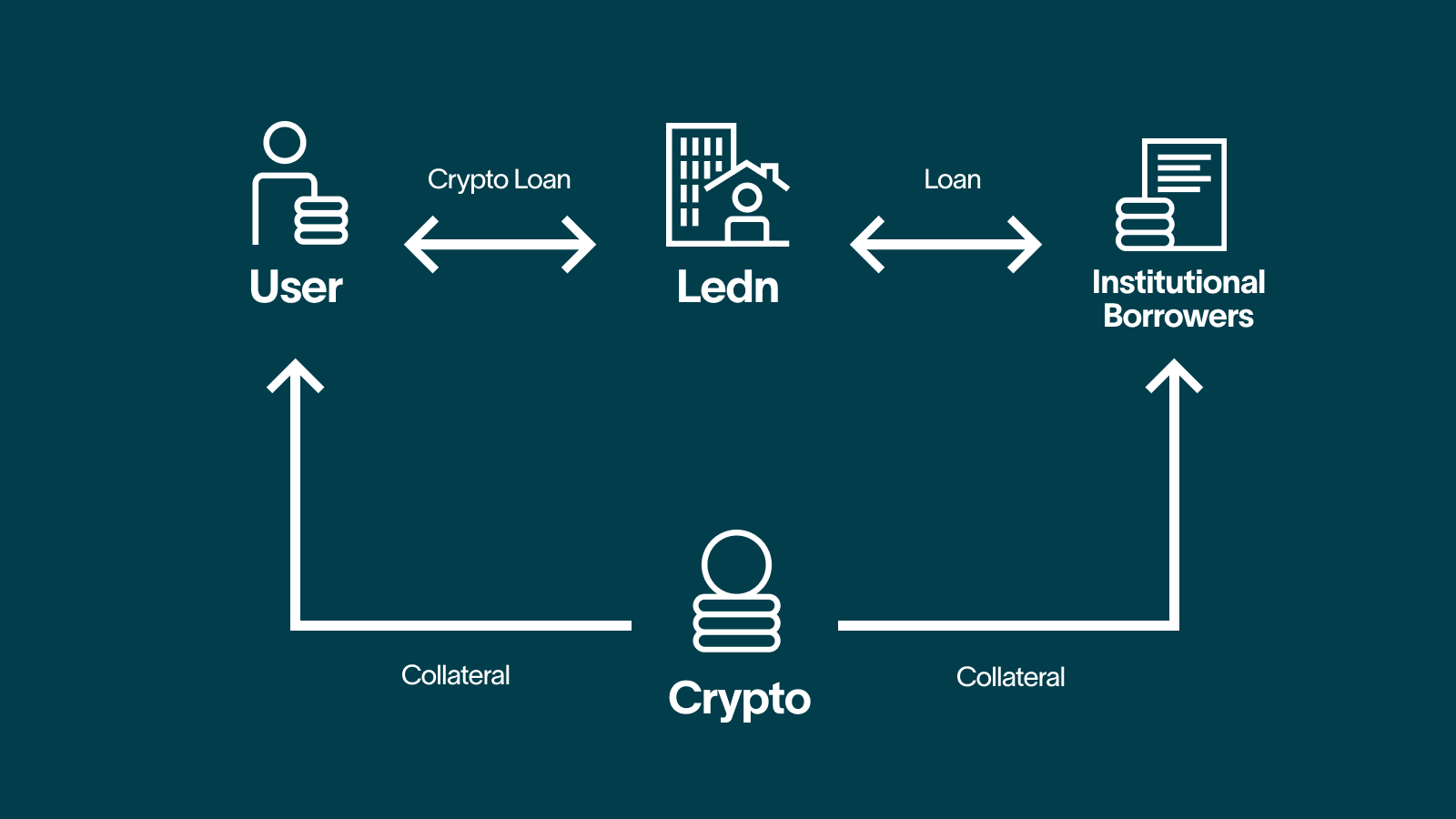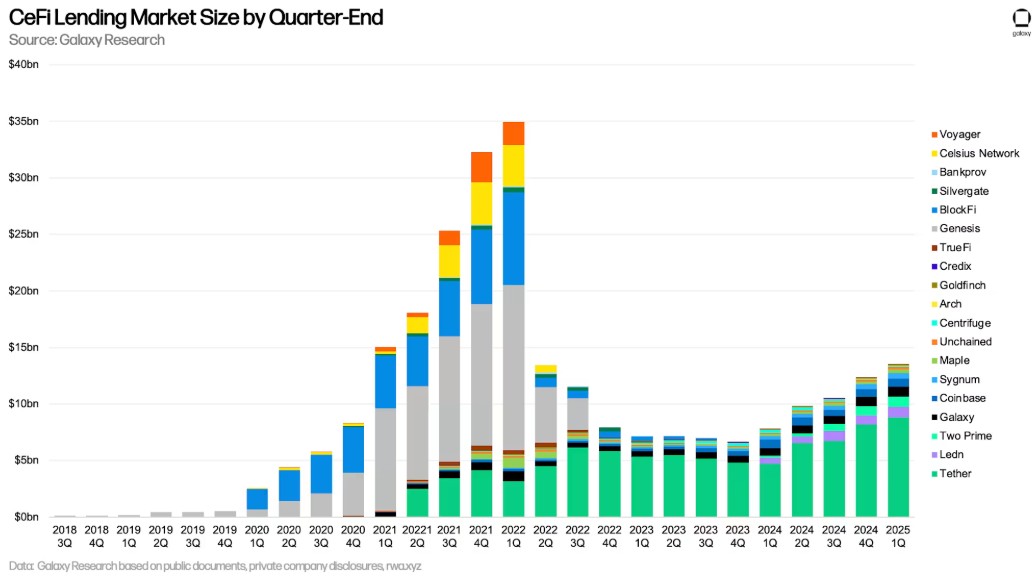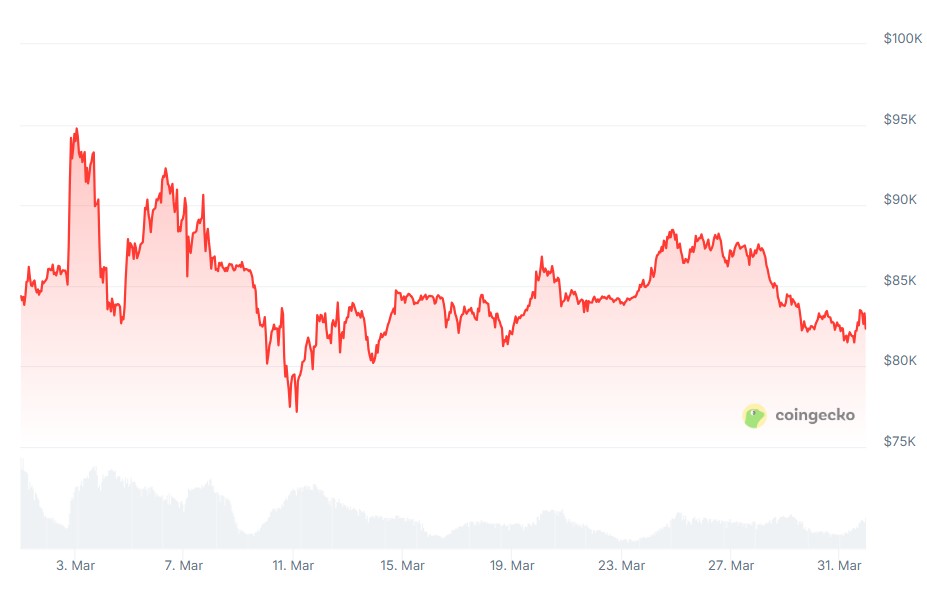
Bitcoin Loans: A Second Chance?
The world of Bitcoin-backed loans is experiencing a resurgence, attempting to rise from the ashes of the previous cycle’s spectacular collapses. Platforms like Celsius and BlockFi, once titans of the space, succumbed to poor risk management and the inherent volatility of the crypto market. Now, a new generation of lenders is emerging, armed with tighter controls and a renewed focus on safeguarding user assets. But can they truly rewrite the narrative, or is history destined to repeat itself?
Lessons from the Past
The downfall of early crypto lenders served as a harsh lesson. Their models were often characterized by rehypothecation – the practice of reusing client collateral for their own trades – opaque structures, and a disregard for proper liquidity management. When Bitcoin prices plummeted and liquidity evaporated, billions of dollars in customer funds were frozen or lost entirely. The failures weren’t necessarily due to the model itself, but rather to the lack of robust risk assessment. This time around, lenders are attempting to avoid these pitfalls.

New Strategies: A Safer Approach?
The current lending landscape is characterized by several key shifts. Overcollateralization, where borrowers post more collateral than the value of the loan, is becoming standard. Stricter liquidation thresholds are also being enforced to protect lenders against significant price drops. Better transparency and third-party custody are further measures being implemented to reduce counterparty risk. Alice Liu, head of research at CoinMarketCap, notes that these steps represent a significant improvement over the opaque models that previously dominated the market.
The Persistent Risks
However, even with these improvements, the inherent volatility of Bitcoin remains a significant challenge. A sudden and sharp price swing can still put lending models under immense pressure, triggering margin calls and potentially liquidations. Despite the improved controls, a 20% price drop can still cause mass liquidations, illustrating the inherent risks. Some platforms still rehypothecate to offer competitive rates, but the success depends on full transparency and ensuring investors are aware of the risks.

The Future of Bitcoin Lending
The lending market now appears to be attracting more mature investors, including longer-term Bitcoin holders, corporate treasuries, and institutional funds. The focus has shifted away from yield farming and towards liquidity access, tax optimization, and diversification. While the new models are considerably safer, they are not entirely immune to the risks of a volatile market. Sam Mudie, co-founder and CEO of Savea, acknowledges that although the new models are much better than their predecessors, Bitcoin-backed loans are still working with a single-asset collateral pool whose value can drop overnight. The success of this renewed push for Bitcoin-backed loans will largely depend on how effectively these new platforms manage the inherent risks and maintain transparency.

A Cautious Revival
Bitcoin-backed lending is undergoing a cautious revival, driven by tighter controls and a stronger grasp of the risks that brought down its first wave. For now, the industry must remain vigilant and continue to evolve. The road ahead will require constant adaptation and a relentless focus on mitigating the inherent risks. Only then can the sector truly rebuild trust and achieve sustainable growth.



